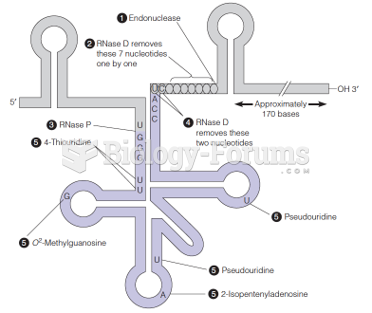Answer to Question 1
Step 1: Business Understanding - The key element of any data mining study is to know what the study is for. Answering such a question begins with a thorough understanding of the managerial need for new knowledge and an explicit specification of the business objective regarding the study to be conducted.
Step 2: Data Understanding - A data mining study is specific to addressing a well-defined business task, and different business tasks require different sets of data. Following the business understanding, the main activity of the data mining process is to identify the relevant data from many available databases.
Step 3: Data Preparation - The purpose of data preparation (or more commonly called data preprocessing) is to take the data identified in the previous step and prepare it for analysis by data mining methods. Compared to the other steps in CRISP-DM, data preprocessing consumes the most time and effort; most believe that this step accounts for roughly 80 percent of the total time spent on a data mining project.
Step 4: Model Building - Here, various modeling techniques are selected and applied to an already prepared data set in order to address the specific business need. The model-building step also encompasses the assessment and comparative analysis of the various models built.
Step 5: Testing and Evaluation - In step 5, the developed models are assessed and evaluated for their accuracy and generality. This step assesses the degree to which the selected model (or models) meets the business objectives and, if so, to what extent (i.e., do more models need to be developed and assessed).
Step 6: Deployment - Depending on the requirements, the deployment phase can be as simple as generating a report or as complex as implementing a repeatable data mining process across the enterprise. In many cases, it is the customer, not the data analyst, who carries out the deployment steps.
Answer to Question 2
C







